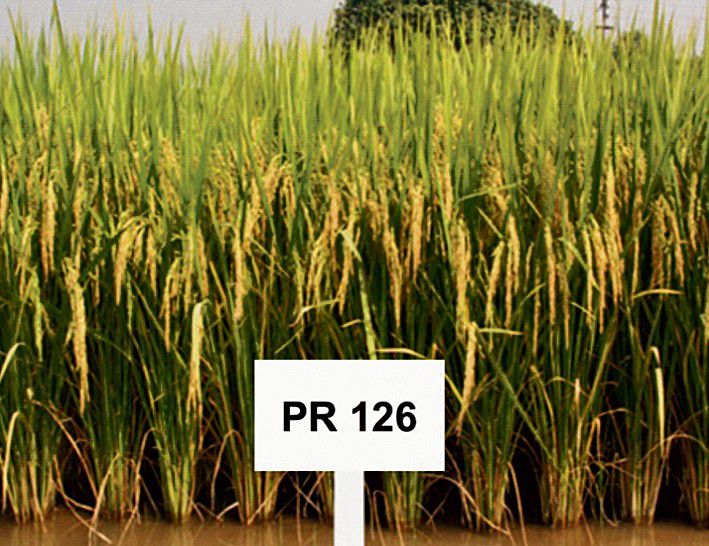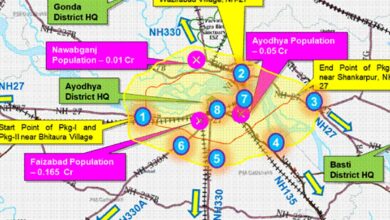Punjab: Farmers left in a bind by PR-126 resistance and the ban on Pusa-44
Rice shellers are opposed to the short duration variety PR-126, which has placed the farmers in a difficult situation, only a few days after the government outlawed the long duration paddy variety Pusa-44. Farmers are satisfied with this type and Punjab Agricultural University (PAU) is urging farmers to transplant it, but rice shellers are against the idea. Farmers who are approaching the start of the paddy season now find themselves in a difficult position.

The rice shellers cite their inability to generate more than 62–63 percent rice from a quintal paddy of this variety—the government requires a yield of 67 percent rice from a quintal paddy. They are suffering a loss of 4-5 percent per quintal as a result.
Farmers seem to like the PR-126 variety, but the main problem we have with it is that we can’t acquire 67% of the rice harvest from a quintal of paddy. Regardless of the length of the variety, the government requests that 67% of the rice grains from each quintal be of the long-duration type. This kind has a high moisture content as well, reaching up to 25%, compared to the acceptable 17%, according to Punjab’s Arhtiyas Association President Ravinder Singh Cheema.
“With all of this in mind, we implore the government to establish a committee and determine new guidelines for this variety, including input from farmers, agri-experts, rice shellers, and representatives from the Agriculture Department and Food Corporation of India,” said Cheema.
Farmers are pleased with this cultivar since it requires less water and yields more, which benefits the environment and their bottom line. Farmers are stuck in the middle since the government has outlawed Pusa-44 and rice shellers are opposed to PR-126, according to Harmeet Singh Kadian, state president of the Bharatiya Kisan Union (Kadian).
Farmers have urged the government to provide clarification on the circumstances.
Speaking about PR 126, Dr. GS Mangat, Additional Director of Research (Crop Improvement), PAU, said that the variety had passed after three years of study and testing. The State Variety Approval Committee had given it its approval.
The long-duration cultivars (Pusa 44, Peeli Pusa, and PR-118) need three to four weeks longer than the high-yielding variety PR-126, which was published in 2017. Because it is shorter in length, it is more resistant to abiotic stressors and less likely to be affected by insects, pests, and illnesses, which lowers cultivation costs.







